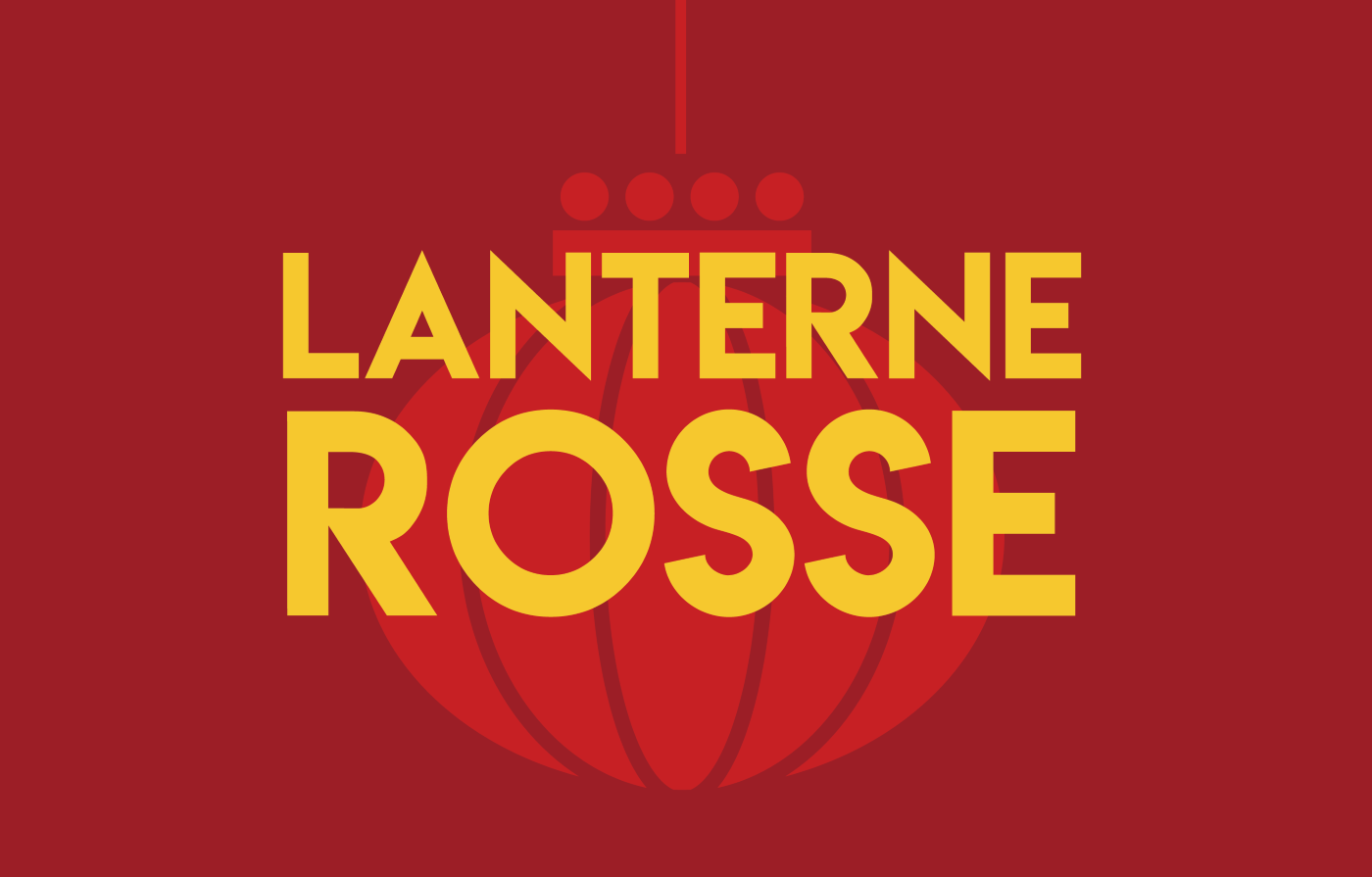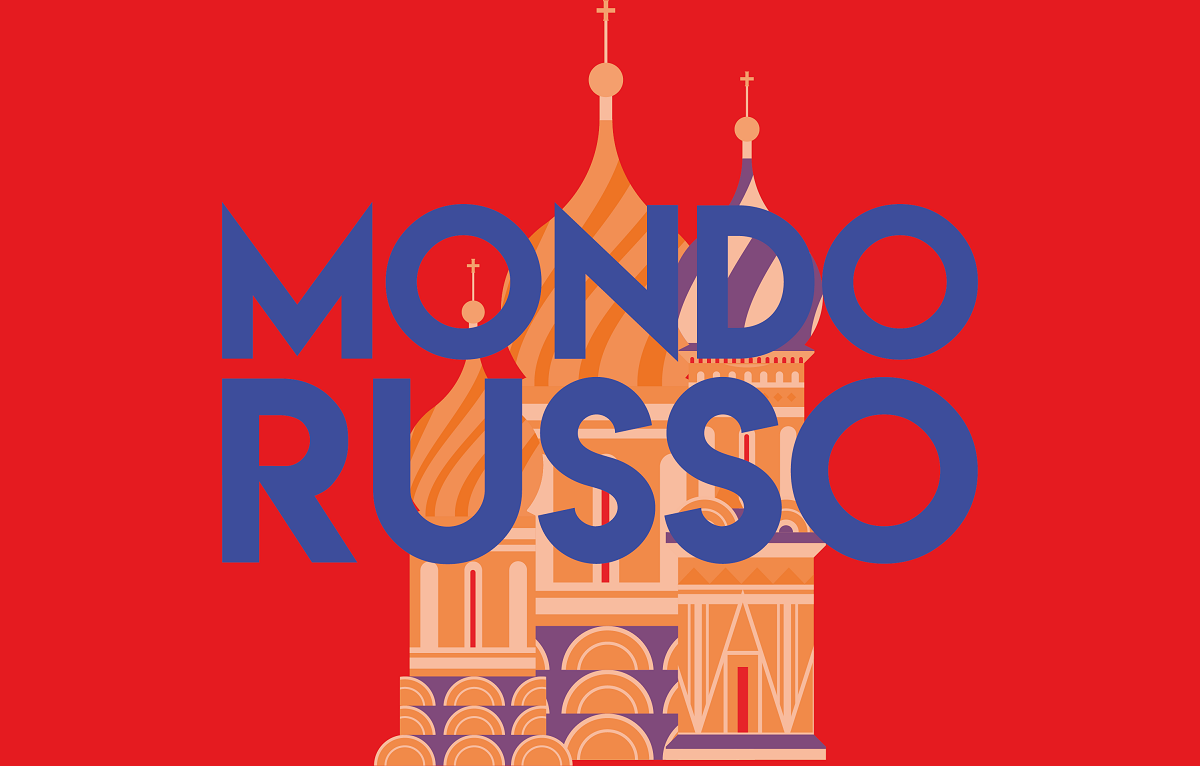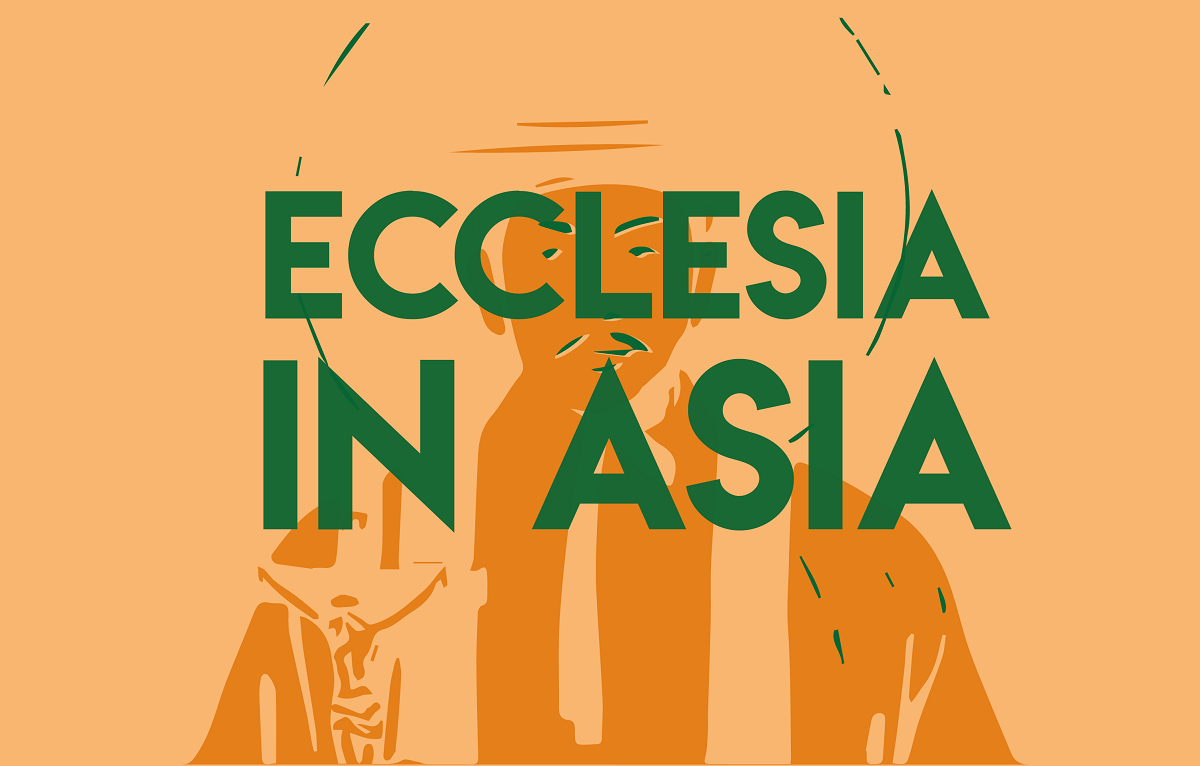Black Nazarene, Card. Advincula: follow Christ, not worldly spirit
For the first time, the feast day, among the most important religious events in the Philippines, was a national holiday. In his homily, the Archbishop of Manila emphasised the relationship between life and hope, with Jesus ‘reversing’ the perspective. For Catholics, the Nazarene is the ‘expression and witness of faith’.
Manila (AsiaNews) - ‘Trust and follow Jesus’. This is the invitation launched by Card. Jose Advincula, Archbishop of Manila, during the homily of the Mass concelebrated today with the Bishop-elect of Balanga Msgr. Rufino C. Sescon Jr. and with Mgr. Antonio Tobias and Mgr. Teodoro Bacani Jr. emeriti, for the anniversary of the ‘Black Nazarene’.
For the first time celebrated as a national holiday, following Philippine Bishops' Conference (CBCP) approval, the service was an opportunity to exhort the faithful to shun worldly desires, vices and temptations, seeking full realisation in Christ.
The feast is among the most important events for the Church in the Philippines, the only Catholic-majority country in Asia and linked to the 100-year-old wooden statue of Christ.
Every year, the translation of the sacred sculpture from its original site, the church of St Nicholas of Tolentino, to the parish of Quiapo, in the capital, concludes a novena (31 December-9 January) and is attended by millions of people praying for a personal grace or miracle.
The life-size statue of the Black Nazarene, covered in glass to prevent the faithful from climbing as they did in the past, parades in procession through the heart of Manila after a mass celebrated during the night. An event with a strong spiritual and votive meaning, revealing the close link between faith, society and tradition.
In his homily, Card. Avincula stressed how Christ overturned the relationship between life and hope, affirming the principle that ‘as long as there is hope, there is life. We have hope,' the cardinal continued, ’because Jesus of Nazareth is still alive [...] in our hearts, around us, and lives with us. Let us no longer kill each other [...] let us live in hope in Jesus'.
The second invitation is to ‘follow Jesus’ who ‘obeyed the will of God the Father even unto death because Jesus loves the Father’. ‘If we are truly devout, if we love the Lord Jesus the Nazarene, we are obedient to him. Let us imitate him, who is obedient to God even unto death,’ he concluded, because ’obedience is a sign of hope. What we follow is exactly what we expect'.
According to church sources, more than 230,000 devotees were present at the start of the procession at 4am. The bishops' conference approved the designation of 9 January as the “National Day of Jesus Nazarene” during its 126th plenary assembly.
The theme chosen for this year's edition was ‘Obedience is better than sacrifice for those who trust in Jesus’ and is taken from the first book of the prophet Samuel (15:22).
Catholics from various backgrounds and social classes took part in the activities, reflecting their faith and unity together with the millions of faithful from all over the country, while 14,000 police and plainclothes officers ensured the security of the services.
Interviewed by AsiaNews, Jenesis Robredo, a father of four young children, said he took part in the Nazarene's annual religious activities because ‘they are a source of many blessings to my life and to my family’ both ‘in the joys and sorrows’ of daily life. Another devotee, Maria Joy Samantha Reys, mother of two, added: ‘The Feast of the Nazarene is an expression and testimony of faith’ to be shared with others.
In the Philippines, more than 82% of the approximately 110 million inhabitants are Catholics. Among the religious celebrations, the procession of the ‘Black Nazarene’ is one of the most famous and popular.
The statue represents Jesus bent under the weight of the Cross. It was brought to Manila by a Spanish Augustinian priest in 1607 on board a ship from Mexico.
According to tradition, the ship caught fire during the voyage, but the image of Christ miraculously escaped the fire by turning black.
In the past, a Filipino prelate, Msgr. Sabino Vengco, claimed that the dark colour is linked to the use of mesquite wood. The procession commemorates the first movement of the statue, which took place on 9 January 1767.
Along the entire route (seven kilometres) of the translation, which lasts several hours, the faithful flock to touch or kiss the sculpture as a sign of devotion, creating huge crowds. This is why the event has been cancelled in recent years or has been severely restricted in terms of prevention and public health, particularly during the most acute phase of the Covid-19 pandemic.






.png)










